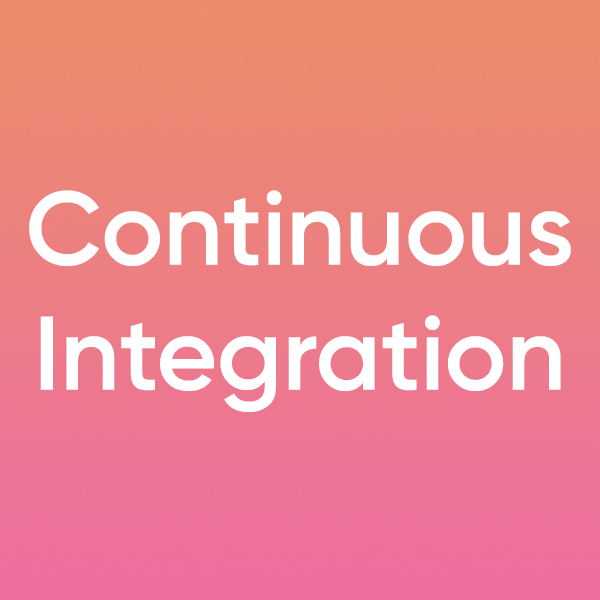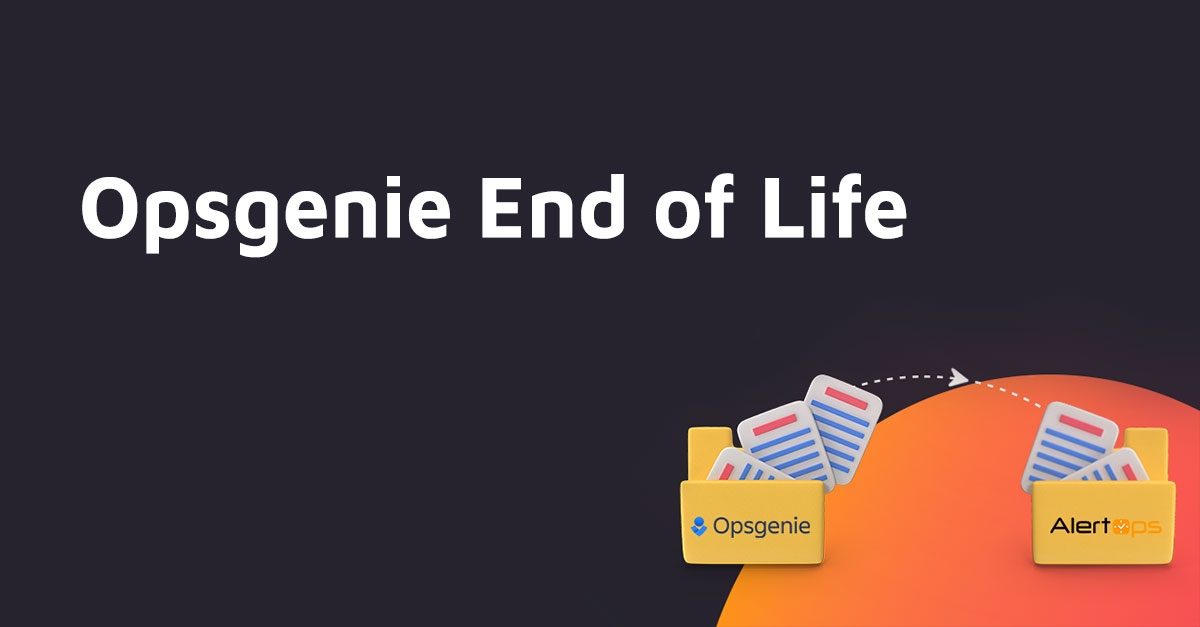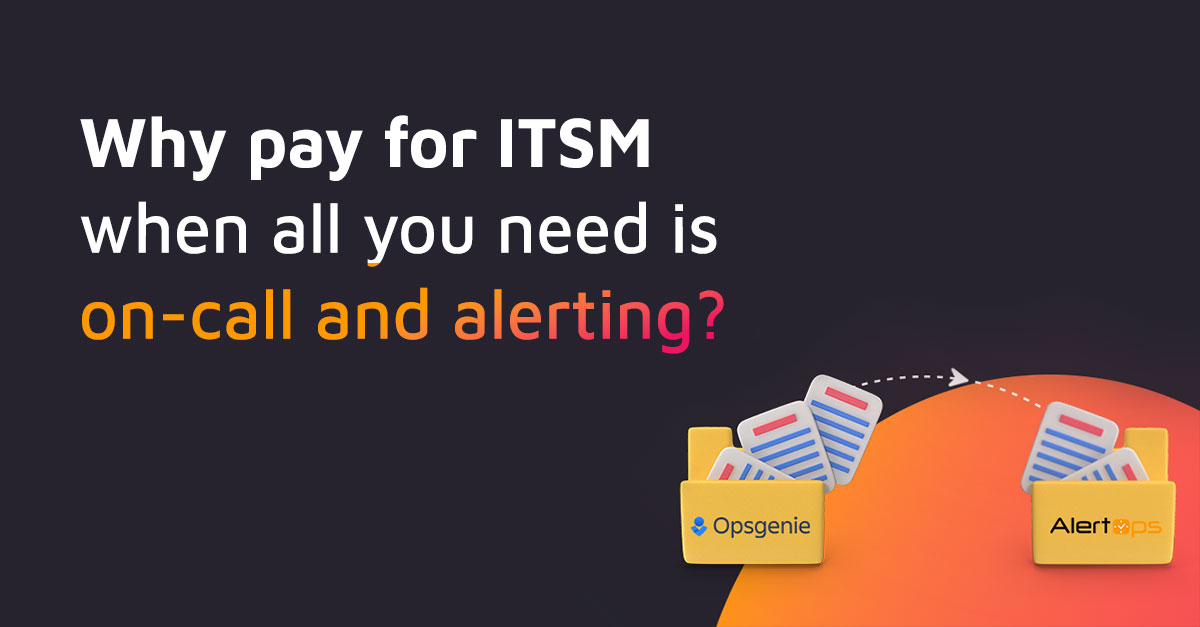What is Continuous Integration?
Continuous integration is a DevOps software development approach in which developers integrate their code changes into a common repository on a frequent basis, following which automated builds and tests are done. Continuous integration is commonly associated with the build or integration step of the software release process, and it includes both an automated component (e.g., a CI or build service) and a culture component (e.g., learning to integrate frequently). Continuous integration’s main aims are to detect and fix defects faster, increase software quality, and shorten the time it takes to verify and deploy new software upgrades.
What is the difference between Continuous integration vs. continuous deployment vs. continuous delivery?
An automated software release pipeline, which includes a DevOps pipeline, consists of three phases: continuous integration, continuous deployment, and continuous delivery. These three stages move software from concept through end-user delivery. The first step in the procedure is the integration phase. Continuous integration refers to the process of many developers attempting/ trying to merge their code modifications into a project’s primary code repository.
The next step is continuous delivery. The delivery phase oversees packaging an artifact so that it may be sent to end-users. This phase uses automated construction techniques to create this item. This build step is kept ‘green,’ which shows the artifact is available to deploy to users at any moment.
The pipeline’s last phase is continuous deployment. The deployment step oversees deploying and delivering the software artifact to end-users. The item had completed the integration and delivery phases by the time it was deployed. It is now time to deploy or distribute the item automatically. This will be carried out by scripts or tools that automatically transfer the artifact to public servers.
What are the benefits of Continuous integration?
Improved developer productivity
The most significant advantage is enhanced developer productivity. Continuous integration relieves developers of manual duties and the tedium of integrating their code with the rest of the system. Instead, they may concentrate on creating the logic that delivers the functionality required by the company. Teams that operate in a quick CI feedback loop can provide more value to clients than teams that struggle to integrate each other’s work or suffer from a slow, non-scalable pipeline.
Find and fix bugs faster
Your team can find defects sooner and fix them before they develop into bigger issues later if testing is done more often.
Deliver Updates Faster
Your team may update their consumers more frequently and more quickly with the aid of continuous integration.
To Learn more about AlertOps click here or to request for demo click here



